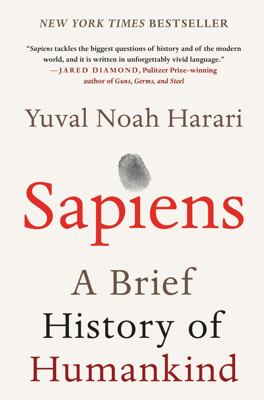The Wheels of Industry
The Industrial Revolution and Energy Conversion
The Industrial Revolution marked a significant shift in the methods of energy usage and production, transforming traditional energy sources into new forms. Previously, energy was primarily obtained from organic muscle power, with plants converting solar energy into organic compounds that fueled human and animal activities. This reliance created limitations, binding human productivity and lifestyle to the natural cycles of plant growth and solar energy.
With the advent of the Industrial Revolution, humans developed technologies to harness and convert different types of energy, such as steam power, which significantly expanded access to and the utility of energy sources. The steam engine, a pivotal invention during this period, utilized heat to generate movement, marking a departure from the exclusive reliance on direct muscle power and leading to innovations such as locomotives and eventually more advanced engines like the internal combustion engine.
These advancements underscored a broader realization: the potential for energy conversion was limited only by technological capability and scientific knowledge, not by the availability of raw materials or energy sources per se.
Expanding Resources through Technological Innovation
Parallel to breakthroughs in energy conversion, the Industrial Revolution also facilitated the expansion in the types and quantities of raw materials available for human use. The introduction of machinery capable of more efficient resource extraction and the discovery of new materials like aluminum revolutionized various industries, including manufacturing and construction.
Significant scientific inventions allowed not only for the exploitation of previously inaccessible natural resources but also for the creation of entirely new synthetic materials, such as plastics. This era saw a transformation in the material basis of society, from one constrained by the natural availability of resources to one increasingly defined by human technological and scientific ingenuity.
The Transformation of Agriculture and Animal Husbandry
The Industrial Revolution also heralded profound changes in agricultural practices, leading to what can be termed the Second Agricultural Revolution. The introduction of machinery in farming, such as tractors, and synthetic products like fertilizers and pesticides, drastically increased the productivity of agriculture. This mechanization extended to the treatment of animals in farming, effectively turning them into production units within industrial processes.
This shift had significant ethical and welfare implications for animals, often leading to their intense suffering due to the prioritization of efficiency and productivity over animal well-being. The industrial approach to animal husbandry often neglects the natural behaviors and emotional needs of animals, raising questions about the morality of such practices.
Consumerism and Economic Expansion
The productivity unleashed by the Industrial Revolution created a new economic challenge: the creation of sufficient demand to absorb the vast quantities of goods produced. This issue was addressed by the rise of consumerism, an ethic that not only encouraged but celebrated consumption and the acquisition of goods as a path to happiness and fulfillment.
Consumerism inverted traditional values of frugality and restraint, promoting a culture where indulgence was seen as beneficial, even necessary, for economic health. This ethos supported the continuous expansion of production under capitalism, creating a cycle of production and consumption where each element reinforced the other.
Conclusion on the Industrial Revolution
The chapter reveals the Industrial Revolution as a complex phenomenon that brought about profound changes in human society. It was not just a period of technological and scientific advancement, but also a time that fundamentally transformed the human relationship with nature, resources, and technology. While it brought about significant economic growth and advancements in living standards, it also introduced new challenges and moral questions, particularly concerning environmental sustainability and animal welfare.
